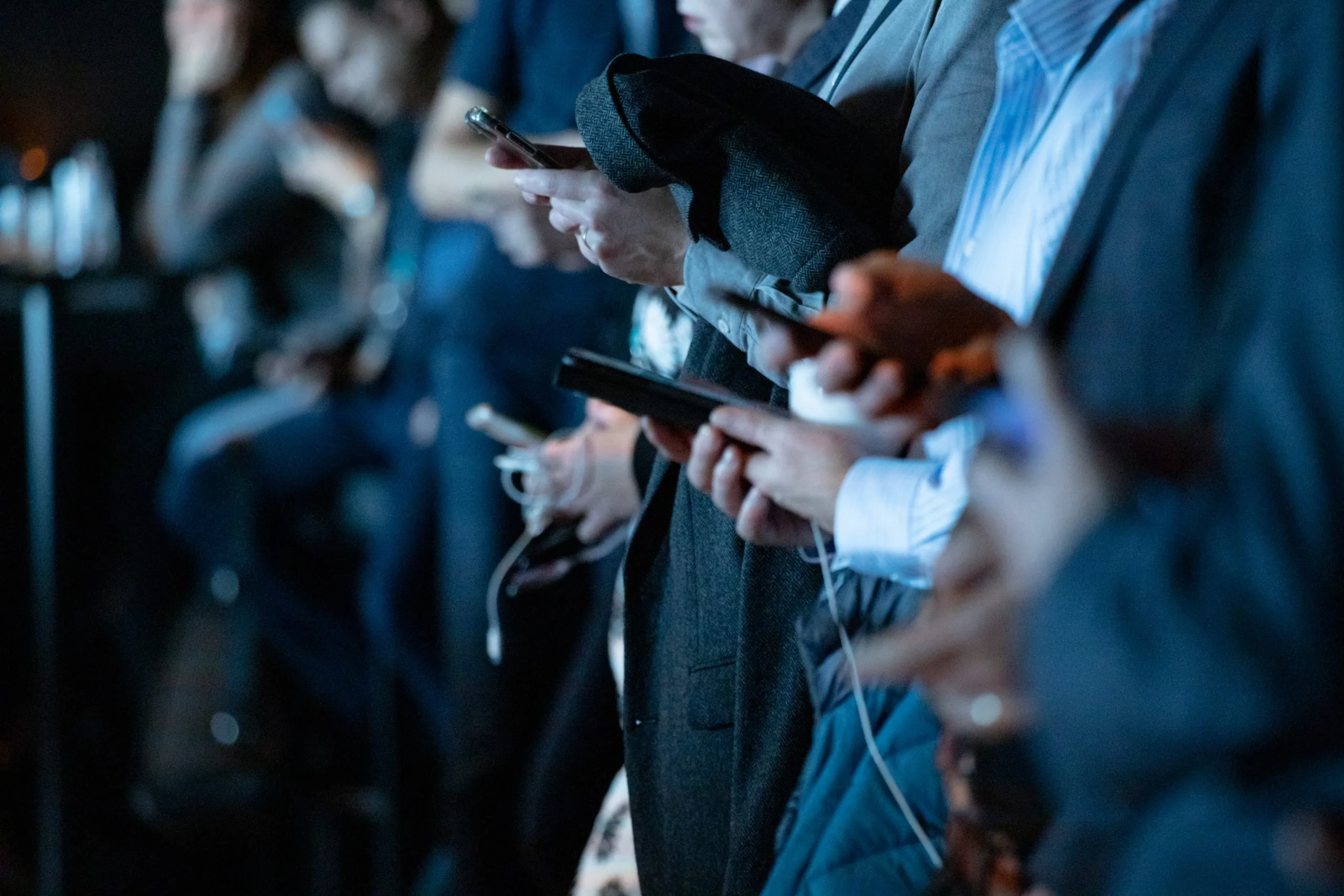Fake profiles on social media

If you use social networks on a daily basis, you will probably have discovered fake profiles on Facebook, Instagram or Twitter more than once.
These fake social media accounts exist and it is important to identify them so that their activity is ignored or even reported.
What is the purpose of these profiles?
- They can be created to give voice to a product of a brand, if it does not inflict serious damage to the network.
- They can be created to impersonate someone else, stealing their identity and creating a bad reputation on them.
Are you worried about having followers or following fake profiles or bots? Here we will tell you how to identify them and what you can do about it.
How to detect fake profiles on Facebook and other social media
If you have had or have suspicions that a profile may be false, don’t worry we are here to help.
We will give you some clues to help you identify them.
#1. Profile photo
One of the main indications that you are facing a fake account or bot is the profile picture. This is usually a feature of the user’s profile: a logo, their brand image or the person himself.
Therefore, if you see profile photos like the ones described below, proceed with caution:
➡️ The default avatar when you create an account, which can be an egg on Twitter or a silhouette on Instagram.
➡️ A photograph of a model, which could be their professional profile, but the photo doesn’t match the content of their Twitter or bio.
➡️ An image that looks pixelated, that seems to be taken from the internet anyhow, or the content is not related to the profile.
How to know if a photo is from the internet?
One option is to use the Google Images tool, which you can access here.You just have to upload the image that you think is suspicious and see the results that Google offers you.
#2. Username
The username or nickname can help you find a bot or fake account.
The name, like the photo, is something personal. Users like to be recognized by a ‘username’ of their liking, after different tests. It is something that they are clear about.
Therefore, if you see a somewhat strange name, such as a foreign name or a user with numbers, it may be fake. Especially since it is common that when a username is already taken, the social network itself proposes a ‘name’ with the numbers.
#3. The bio
The biography, that section where users introduce themselves, describe what they do or add ways to contact.
If you see that a user has not completed their biography or has suspicious links that can lead to places with probably viruses, it is a fake profile or bot.
#4. Profile content
Another way to detect fake profiles is by the content they have on their profile. If, for example, on Twitter or Facebook they only share retweets or posts from others, it may be a bot.
If on Instagram they do not have photos or the content is of dubious quality, it may also be a fake.
#5. The number of followers
If you think that a profile may be false, the followers and following are usually indicative of it.
Take a look at the account. If they do not have followers despite having content or their followers / following are accounts without a profile photo or with strange names, it is possible that it is a fake account.
#6. The topics
It is common for these bots to appear in political or religious campaigns and, uniquely, are monothematic. They support certain ideologies with tweets shared by other users and thus go viral.
An account with a suspicious name, without a bio and with thousands of retweets on the same topic, is likely to be fake or a bot.
#7. Interaction with other accounts
These types of fake profiles on social networks do not usually have interaction with other accounts. You can recognize them because many of them are dedicated to spamming and have similar interactions.
These are some of the traits you can look at to detect fake profiles on social networks.
What can you do as a user?
How to deal with fake accounts
Social networks have their own mechanisms to avoid these fake accounts or bots. The typical ‘captcha’ to detect whether you are a robot or not, are an example of this.
However, what happens after they pass the test? How do you act if you think you are facing a fake profile?
➡️ Report on the social network
Social platforms have different options to report fake profiles or inappropriate content. On Twitter, Facebook and Instagram you can report the profile or a publication that you think contains something ‘fake’.
➡️ Look at verified profiles
Although it is difficult to contrast fake news or false profiles on social networks, one option is to stop feeding these types of accounts by following profiles that are verified. That blue check that is usually found next to the profile gives us the assurance that it is the real account.
If you want to know how to make a good strategy on your social profiles:
Now you know how to identify fake profiles on social networks. Remember that it is important not to feed those accounts with retweets or shared posts to prevent them from growing.
We will read any questions you have in the comments below.

